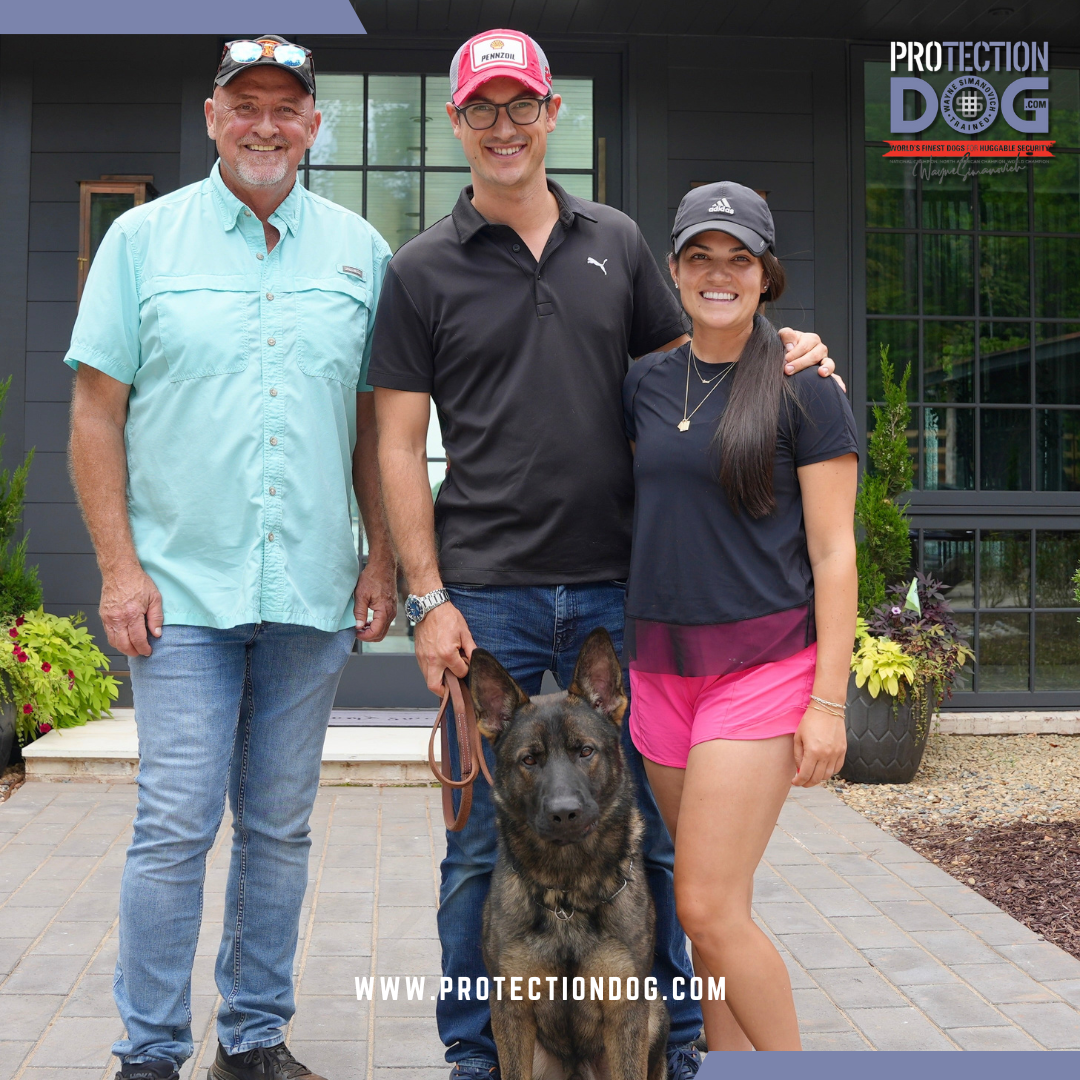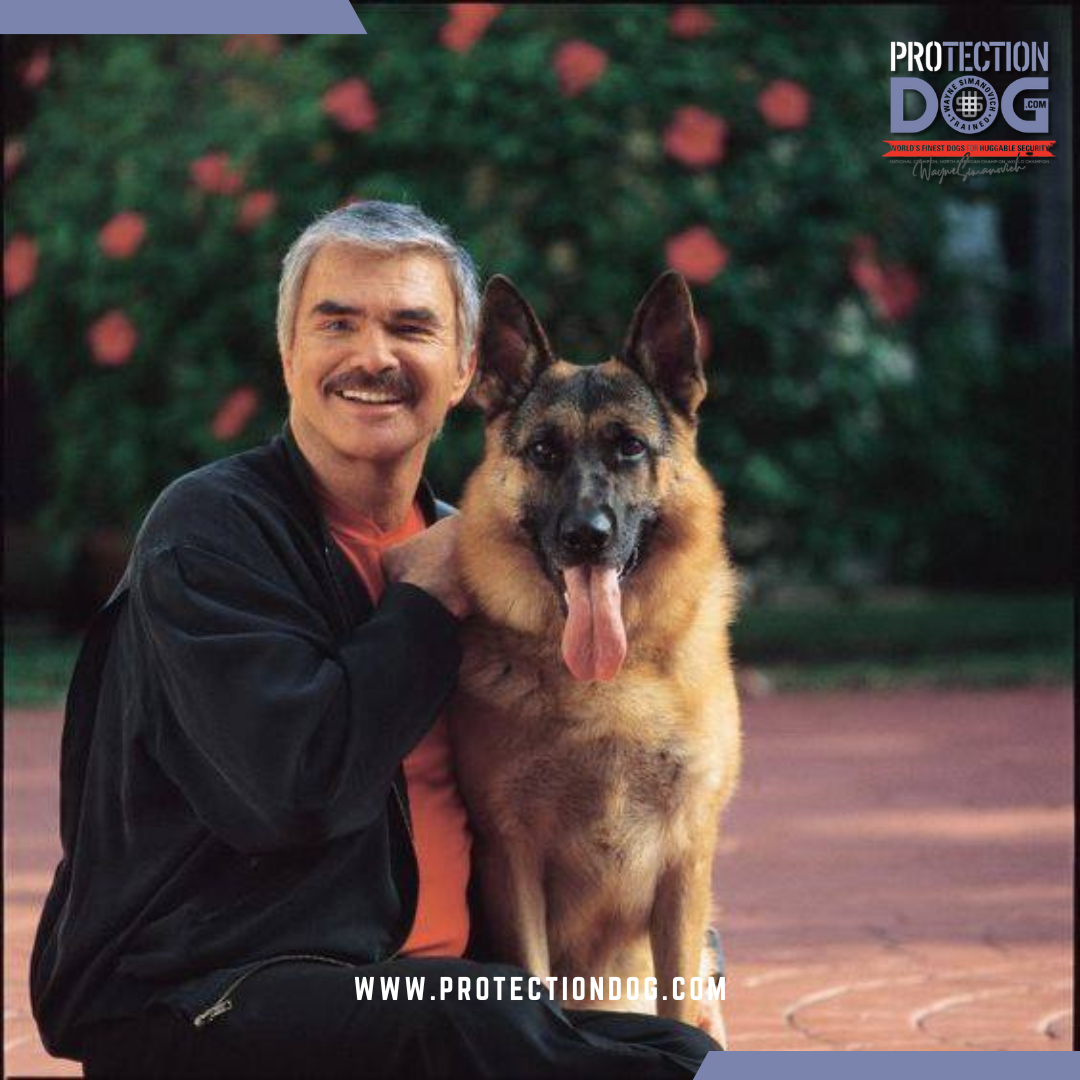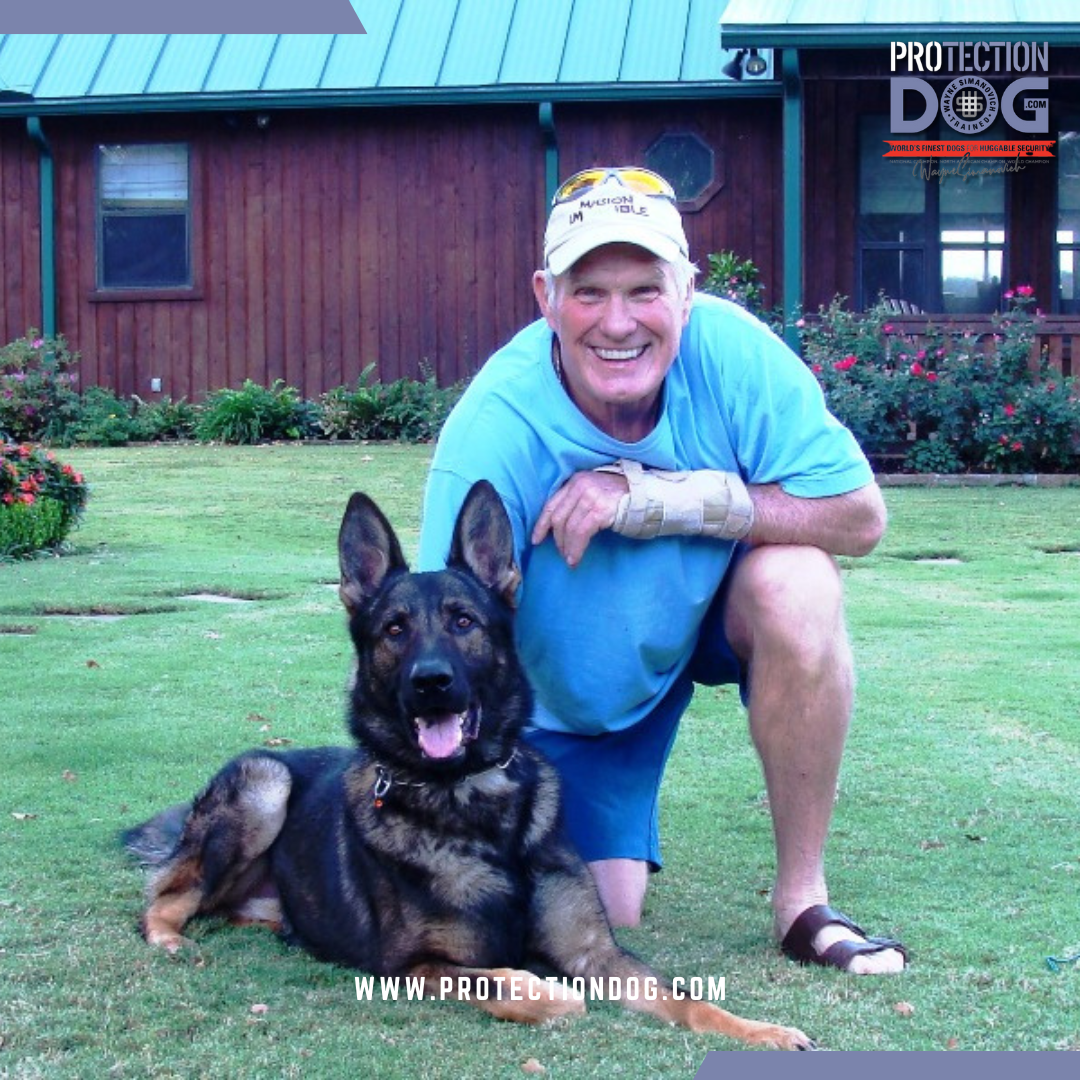
Protection Dogs For Sale
Award Winning Trained Adults, Adolescents and Puppies
MEET OUR DOGS
Protection Dogs For Sale
Every day, all around the world, our Award Winning Dogs are being utilized by individuals, families, and businesses for a range of important roles. From family companion/protection dogs to executive protection dogs, our trained German Shepherds and Belgian Malinois offer security and peace of mind to the people they faithfully protect. No matter what the task –from protecting your family to securing your facilities, our highly-trained dogs are scientifically bred, carefully selected, and expertly trained to provide next-level alarm and defense in moments of need.
We boast over 40 years of experience and have won numerous prestigious awards in major international training competitions. We know how to select the best protection dogs, and we utilize innovative training techniques to groom the finest protection dogs for our program. This is our passion, and it’s something we take very seriously. The Simanovich name is synonymous with world-class trained German Shepherds.

Endorsements from People You Know...
Why you need a well trained dog.
Supplying professional Huggable Security ™. A Personal Companion Delivering Peace of Mind.
An Alarm
More effective than a security system. If your dog is barking at 2am there is a reason. Be awake. Be alert. Be prepared for any intrusion.
A Threat
A powerful visual deterrent. When confronted with a trained adult, most miscreants take their ill will and bad intentions eslewhere.
Manstopping Deterrent
In the rare occurence some fool wants to challenge your dog, you'll have time for instant potentially life-saving decisions.
And Oh yes, Fun!!
Owning a well-trained dog is a lot of fun! 99.9% of the time your dog is your controllable and playful pet. Many of our clients turn their new new companion into a serious hobby.
Contact us
Fill out the contact form and our office will forward information on our dogs and training. Schedule a call and we'll discuss a good fit for you and your family. Our team is ready to answer your questions, and to learn more about your individual situation. Learn how we can place a dog by your side and on your side. Welcome to Huggable Security.








